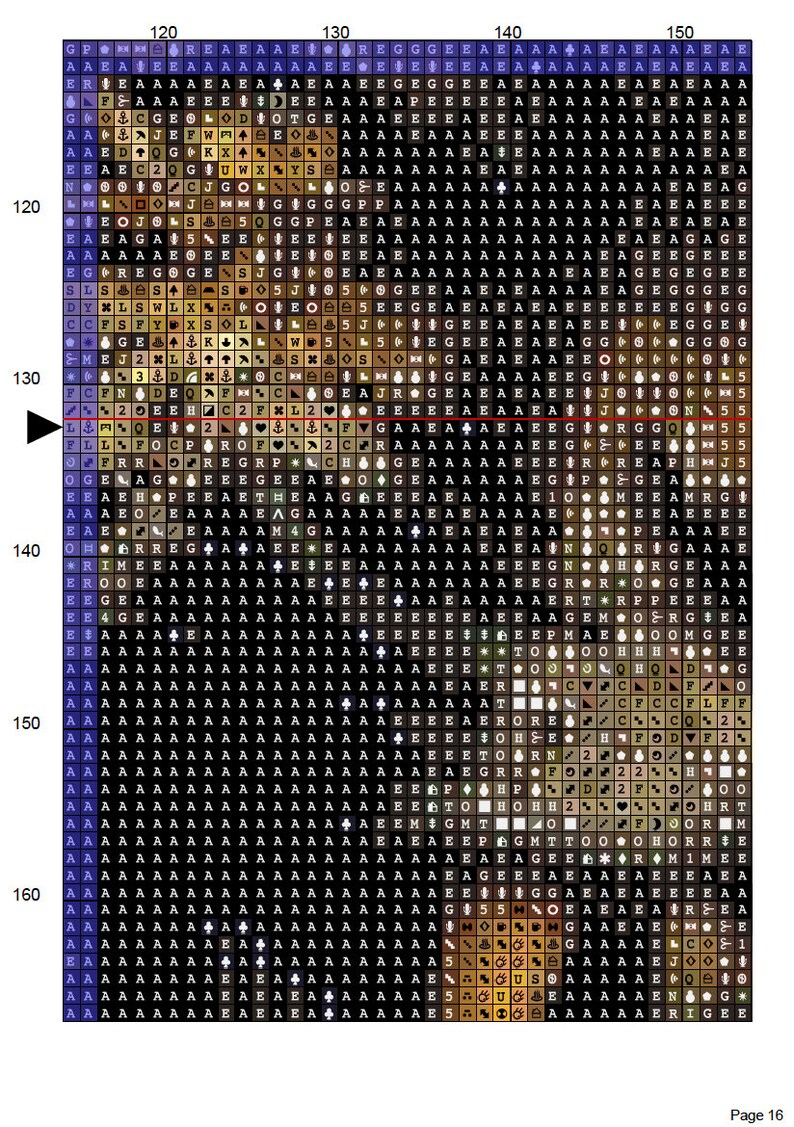

Sometimes they eat chunks of papaya frozen in ice blocks!Ĭaught in a bad romance. It is believed clouded leopards live solitary lives, unless a mother is caring for cubs. However, it is believed they generally hunt on the ground and are thought to eat a variety of birds, squirrels, monkeys, and wild pigs.Ĭlouded leopards at the San Diego Zoo eat a fortified meat-based carnivore diet and gnaw on large beef knuckle bones. Despite their small size, cloudeds can take down large hoofed animals with this method. These cats can also ambush their prey from the treetops, landing on their target’s back and delivering one killing bite.
#Leopard growl free#
A clouded’s 2-inch-long (5 centimeters) canine teeth are the same size as those of a tiger, even though a tiger is 10 times larger in body size!Ī leg up on the competition. The clouded leopard has an advantage when it comes to hunting its ankles can rotate backward so the cat can climb down a tree headfirst, climb upside down, and even hang from its back feet, leaving the powerful front paws free to snatch at prey. What big teeth you have! The clouded leopard really is a “big mouth.” It can open its jaws wider than any other cat, and its tooth development is most like that of the extinct sabertooth cat. Home range. Clouded leopards live in Southeast Asia, mostly inhabiting tropical rainforest, but also journey into grassland, scrubland, and wetlands.

In Malaysia, the clouded leopard is known as the tree tiger.

On islands or in other areas where there are no larger cats, clouded leopards are more active during the day and spend more time on the ground. That long, thick tail provides balance in the trees, where the cats seek shelter and resting spots. In areas where clouded leopards share their habitat with tigers and common leopards, cloudeds seem to be more nocturnal and arboreal in their habits to avoid competition for food. And then there’s that amazing tail-the longest, in relation to body size, of any cat's tail, which gives the clouded leopard great balance when strolling along tree branches.Ī cat's life. Clouded leopards are typically rainforest dwellers but can be found in dryer forests as well in Southeast Asia. The pupils of the clouded leopard’s eyes are different from any other cat’s pupils: they never get fully round like a big cat’s pupils do, yet they never shrink to vertical slits like a small cat’s pupils do. Cloudeds can purr like the small cats, but they also have a low, moaning roar, a soft chuffle, a growl, a hiss, and meows as part of their calls.

They have a stocky build and are larger than small cats and smaller than the large cats! Male clouded leopards are generally twice the size of females. “Cloudeds” are most closely related to snow leopards and are now in the same taxonomic subfamily, Pantherinae, as tigers, lions, jaguars, and true leopards. Named for its cloud-like spots, recent genetic studies have shown that clouded leopards are a separate genus of cat and not just a type of leopard. Most of what we know about these cats comes from caring for them in zoos. Officially recorded as a species in 1821, the clouded leopard remains just as mysterious today as it was nearly 200 years ago. Cloudy taxonomy. Few people have seen a clouded leopard, either in its rainforest habitat in Southeast Asia or in a zoo.


 0 kommentar(er)
0 kommentar(er)
